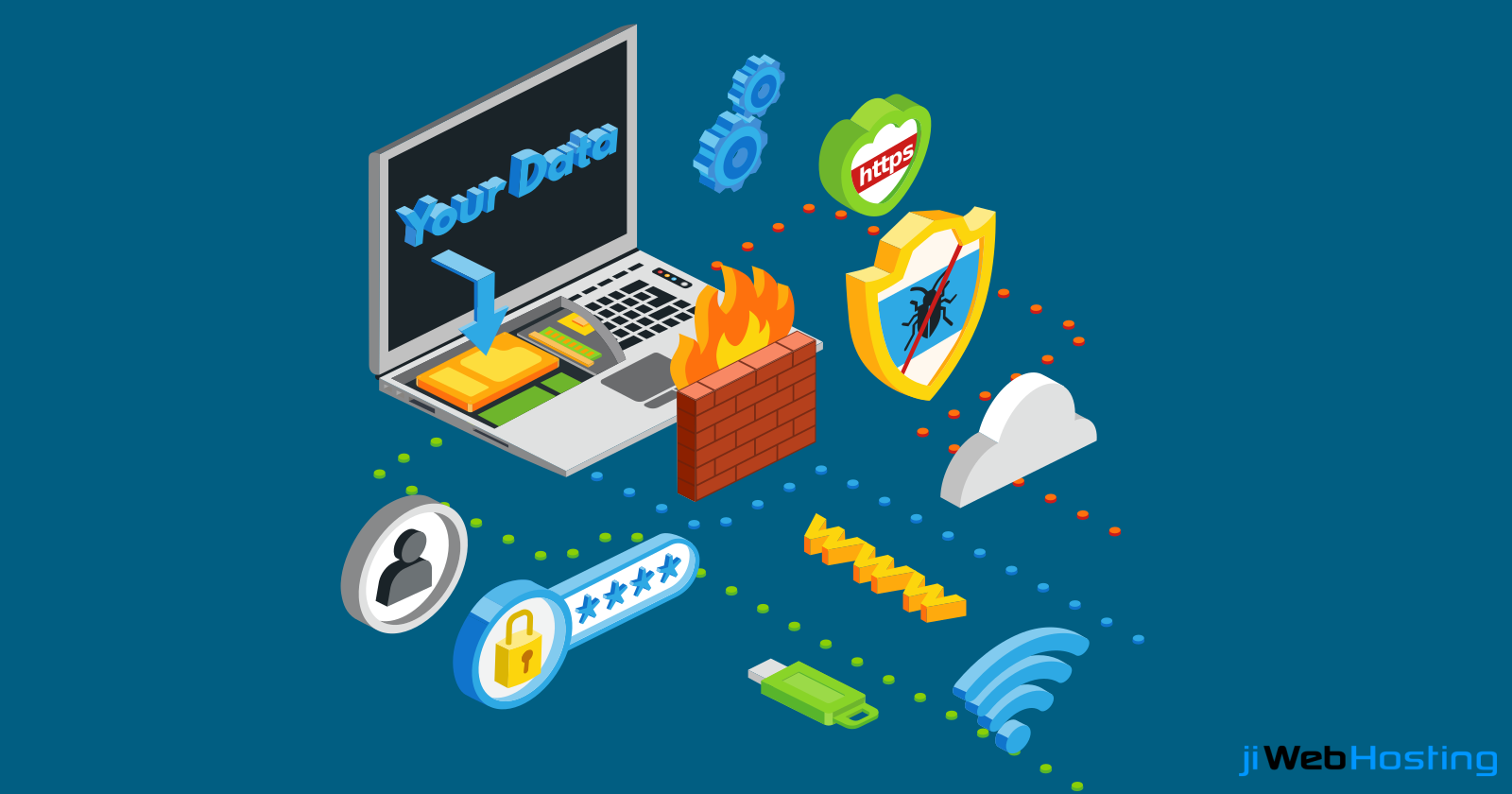A web application firewall also known as WAF is basically an online security solution that analyses and hinders the bed web traffic between the customers and the web application. The traditional security techniques like intruder detection systems (IDS), network firewalls, intrusion prevention systems (IPS) do a great job of obstructing the illegitimate traffic and shielding your website at the network level.
As per a report by Statista, during that period of November 2017 and April 2018, 30.1 percent of web app attack traffic originated from IP addresses in the United States.
However, these techniques do not have the ability to distinguish and block malicious activities like SQL injection, cross-site scripting (XSS), session hijacking and other such attacks that result from the vulnerabilities present in the web applications. The web application firewall gives a productive and comprehensive security arrangement as far as detecting the threats by analyzing the incoming HTTP requests before they reach the server.
A WAF can identify and hinder the malicious attacks that are assimilated into the safe looking website traffic that may have gone through the traditional security solutions. Web application firewalls are also valuable for the organizations to comply with the HIPAA and PCI-DSS standards.
How Does a Web Application Firewall Work?
The web application firewall is deployed as an equipment that is tuned in to the web server or server plugin that straightforwardly keeps running on the web servers. A WAF blocks all the HTTP requests for and examines every single of them before they are processed further and reach the web server. It scams the GET and POST requests while applying the defined rules with a specific end goal to identify and block the illegitimate traffic.
Based on the selected options for the WAF, the traffic is analyzed and hindered by the WAF and it additionally challenges the visitors by requesting that they enter a CAPTCHA code or by instructing the server to replicate an attack. The blocking and challenging options that are defined prevent any kind of illegitimate traffic from reaching to the web server.
The operations of a Web Application Firewall are based on 3 security models mentioned below:
- Negative Security Model: This model uses the generic signatures for shielding the website against the known attacks and it also makes use of some specific signatures for blocking the attacks that may result because of any vulnerability in the web application.
- Positive Security Model: This model uses the marks and at times it makes use of additional logic keeping in mind the end goal to allow just that traffic that meets certain criteria. An example of this is permitting just the HTTP GET requests made through a specific URL and blocking all other traffic.
- Hybrid Security Model: This model is pertinent to both the positive and negative models. A portion of the configurable options of a WAF includes blocking the session, blocking the request, blocking the user, blocking the IP address or logging the user out.
Summing Up
A web application firewall is an efficient solution for preventing the attacks focused on the web applications however this solution still evolving. As there is no single tool that can manage all the vulnerabilities present in the web-based applications, it is prudent to utilize more than one security solution. A general approach is to combine WAF with DAST (Dynamic Application Security Testing). The DAST tools are created in order to look for indications of security vulnerabilities in the running web applications.
This is finished by sending requests that appear to be like a hacker's activities to the running web application. A WAF additionally comprises different alternatives and operational models for safeguarding various types of websites. Aside from protection, a WAF also gives extra features like compression, caching, SSL acceleration, load balancing and connection pooling that upgrades the reliability and performance of a website. While you can consider many more things when selecting a WAF, hopefully, the above guide will help get you started. If you'd like to discuss more, we'd love to hear from you.

















































Share this post on: